Life
Sign up for our newsletter
We summarize the week's scientific breakthroughs every Thursday.
-
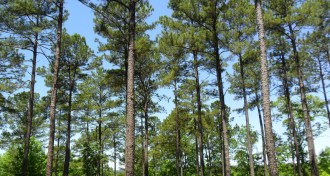 Paleontology
PaleontologyLoblolly sets record for biggest genome
At 20 billion base pairs, the loblolly pine is the largest genome sequenced to date.
-
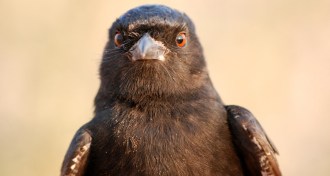 Animals
AnimalsBird mimicry lets hustlers keep cheating
Drongos are false alarm specialists that borrow other species’ warning sounds and freshen up their fraud.
By Susan Milius -
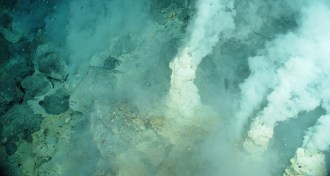 Microbes
MicrobesViruses buoy life at hydrothermal vents
Using hijacked genes, deep-sea viruses help sulfur-eating bacteria generate power in the plumes of hydrothermal vents.
By Beth Mole -
 Neuroscience
NeuroscienceHumans can sniff out gender
A new study adds to controversy of whether people have pheromones.
By Meghan Rosen -
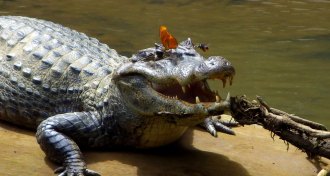 Animals
AnimalsCaiman tears make a salty snack
An ecologist observed a bee and a butterfly hovering around a caiman, engaging in lacryphagous behavior, slurping up the crocodilian’s tears.
-
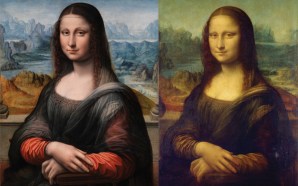 Psychology
PsychologyLeonardo da Vinci may have invented 3-D image with ‘Mona Lisa’
A mysterious copy of the ‘Mona Lisa’ combines with the Louvre painting to make a stereoscopic image of the woman with the enigmatic smile.
-
 Humans
HumansNeandertals’ inferiority to early humans questioned
Early modern humans may not have been smarter or more technologically or socially savvy than their Neandertal neighbors.
-
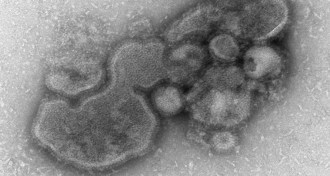 Health & Medicine
Health & MedicinePotential H7N9 bird flu vaccine shows promise
An early trial of a bird flu vaccine suggests that the treatment could be used to counter the potentially deadly H7N9 flu virus.
-
 Health & Medicine
Health & MedicineWith help from pig tissue, people regrow muscle
Noncellular material implanted in patients attracts stem cells to fix injuries.
By Nathan Seppa -
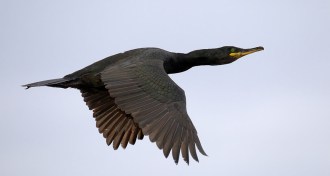 Environment
EnvironmentPrestige oil spill linked to drop in seabird chicks
European shag in colonies affected by the 2002 Prestige oil tanker spill produced fewer chicks than birds in oil-free colonies.
-
 Science & Society
Science & SocietyStudents retain information better with pens than laptops
Compared with typing on a laptop, writing notes by hand may lead to deeper understanding of lecture material.
-
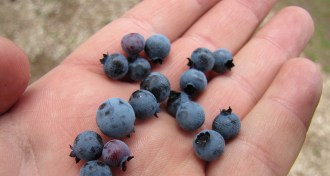 Life
LifeDietary fiber may curb appetite by acting on brain
Fiber's ability to curb appetite may come from gut molecules traveling to and acting on the brain, not the gut alone.